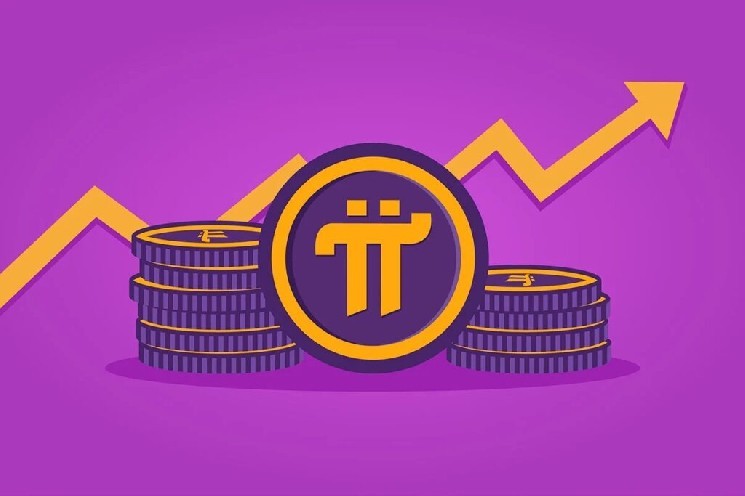Chainfeeds Digest:
The top narrative for Solana in 2025, a comprehensive analysis of Solayer, SOON, and Sonic SVM.
Source:
https://foresightnews.pro/article/detail/77619
Author:
Jiayi Li
Viewpoint:
Jiayi Li: Objectively speaking, the positioning of SOON is more like a "Movement within SVM", which prioritizes proximity to the community in its construction, and a relatively different point is that it completes financing through a co-builder rotation and a community fair launch mode. So if Movement brought Move to Ethereum, then SOON is a further step, able to bring SVM to all L1s: and it has a relatively large difference from the imagined "Solana L2", as it does not depend on the Solana mainnet, but provides flexible expansion capabilities through the SOON Stack, allowing SVM to be deployed on other mainstream Layer1s. This design allows the L2 of any public chain ecosystem to enjoy the advantages of SVM, including faster transaction speeds and lower Gas fees, so SOON and other SVMs face completely different execution environments, which requires higher-performance Rollup and technology stacks to assist. Over the past year, the narrative shift of Solayer has been textbook-level: from "re-pledge protocol" to "RWA stablecoin" to "hardware-accelerated SVM", each time precisely hitting the market hotspot. I've always said that the team's cognition and execution power, plus luck, is the ultimate version of the project, and the founders Rachel (former Sushiswap core developer) and Jason (MPCVault founder) have both product and technical flair, as evidenced by the acquisition of Fuzzland to strengthen chain security - the narrative shift is fast, the financing is strong, and the execution is full. Solayer started in the Solana Staking ecosystem, especially based on Solana's staking data and infrastructure, laying a solid early foundation. However, the latest developments show that Solayer is no longer limited to staking, but is beginning to venture into the SVM technology track. For a project that started with staking, what is its core competitiveness after entering the SVM technology field? In fact, there is a key node that cannot be ignored, which is that Solayer acquired the technology company FuzzLand and together created Solayer InfiniSVM, and it is precisely on this basis that Solayer has opened up a new narrative planning and layout, aiming to be the first to realize the hardware acceleration expansion solution for the public chain, and ultimately achieve a high-speed public chain. Sonic SVM is the earliest TGE project in the SVM track, and has already been listed on most mainstream spot exchanges except Binance. Unlike the SVM projects mentioned above, Sonic SVM's focus is on games - the innovative design is mainly aimed at the high concurrency and instant transaction needs in game scenarios. Sonic SVM's entire technology stack is built on the HyperGrid framework, which is also Solana's first concurrent expansion framework, designed to achieve a high degree of customization and scalability, while maintaining native composability with Solana. Because HyperGrid supports developers to write applications in the EVM environment, but ultimately execute on Solana, the settlement layer is still Solana, so it is more convenient for developers to use familiar programming languages to write projects, reducing the time to get up to speed on a new public chain. It is worth mentioning that Sonic SVM is the first Grid instance within the HyperGrid framework. In addition, Sonic's Guardian Nodes system focuses on the verification of on-chain user behavior, effectively preventing bot attacks and malicious behavior, providing a safer interactive environment for game players, and the operation of the nodes also provides a guarantee for the stability of the network performance.
Source






